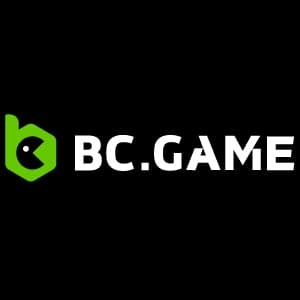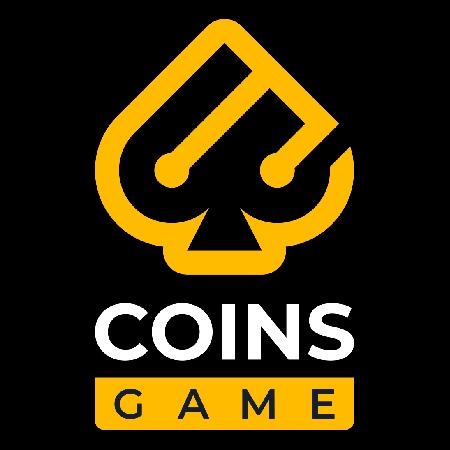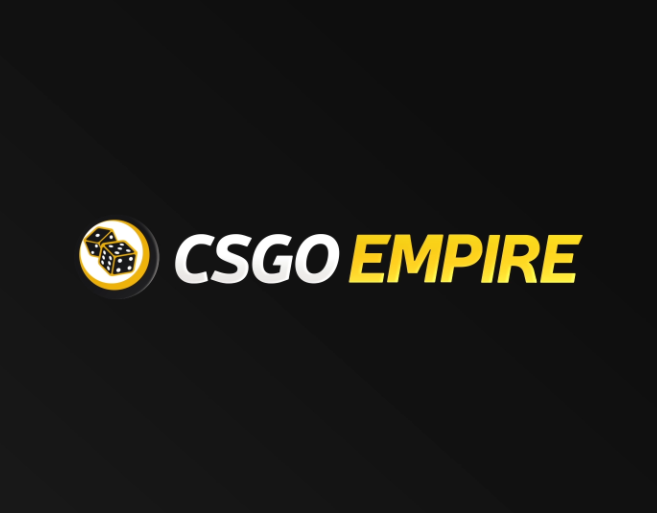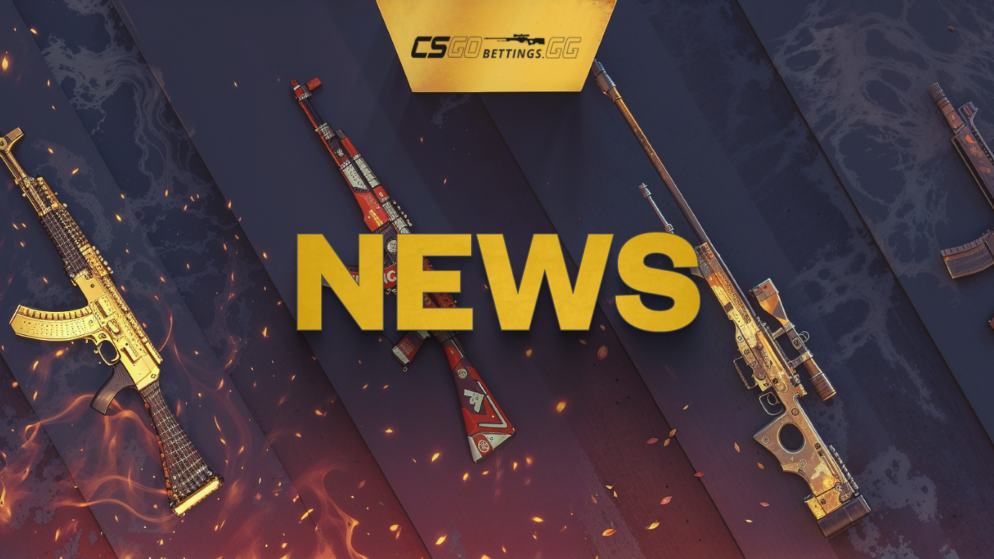

IEM Cologne will host the next CS2 Major from August 3–16, 2026. With a $1.25 million prize pool and full RMR integration, it becomes the first Major scheduled during what was traditionally an off-season window. This shifts the entire Tier‑1 rhythm. Teams won’t peak in spring, as they used to for Katowice or Copenhagen – now they must reach their top level right after the summer break. This affects how bootcamps are timed, how pre-match trust is formed, and how early season betting models must adapt.
Tournament Format
The structure remains standard: 24 teams across three phases. But every phase now demands a different level of analytical control.
Opening Stage (Challengers)
High volatility. BO1s dominate. Teams come out of open qualifiers with unknown map pools. Pistol rounds and basic defaults determine outcomes. No demo depth, no clear live-trading profiles. This is where entry stats and role alignment matter more than logos.
Elimination Stage (Legends)
GSL BO3. Odds stabilize, but most teams still haven’t shown enough. Books price based on name value, not game structure. Traders should focus on economic behavior and side-specific adjustments, not match history.
Champions Stage (Playoffs)
Standard single elimination. BO3s until the final (BO5). At this point, model-based trading works – retake win rates, AWP anchor presence, first-death discipline, and utility delay usage become statistically relevant.
Why Betting Models Must Adjust
This Major destroys the spring-based confidence cycle. There is no Katowice warmup. No Copenhagen. No pre-Major form to lean on. The first real data comes from closed qualifiers and summer ESL Challengers. It means public lines will be built off names – not performance. That’s exploitable.
- Do not place pre-match bets until you’ve seen 3+ official maps.
- Look for early-phase economic control – not HLTV ratings.
- Use entry win rates in rounds 4–8 to guide live positions.
- Treat BO1s as pure volatility markets – only structure gives advantage.
Calendar Comparison
| Phase | 2025 (Copenhagen) | 2026 (Cologne) |
|---|---|---|
| Major slot | March | August |
| Main bootcamp window | January–February | July |
| Peak form cycle | Spring | Post-break |
| ESL Pro League | Post-Major | Pre-Major |
High-Risk Teams in This Structure
- Heroic: Always start slow after player breaks. Without time to recalibrate, they collapse in round 12–15 scenarios.
- Virtus.pro: Dependent on layered CT setups. Lose timing in reactive maps like Anubis or Inferno if bootcamp shortens.
- Cloud9: Lacks stable AWP core. Entry-dependent, collapses under utility overload. Draft matters more than tier.
- Monte: Shallow veto. One bad BO1 matchup can eliminate them from contention before structure appears.
What Traders Must Change
This Major isn’t about consistency. It’s about speed of stabilization. You won’t see clean demos. You’ll see mixed defaults, incomplete rotations, underutilized mid control. And that means you have to work fast. Don’t wait for the market to correct – build your confidence from economic behavior, not badge value.
Tips:
- Delay all pre-match trust until after closed qualifiers.
- Exploit BO1 volatility: over 26.5 in utility-heavy maps like Overpass.
- Fade legacy tags that haven’t tested their July roster.
- Watch for round 4–8 info rounds – that’s where structure either appears or fails.
Conclusion
IEM Cologne 2026 is more than a Major – it’s a disruption to seasonal rhythm. From now on, team structure must exist by July, not March. Traders must adapt to short-cycle windows, where map control, live reaction, and roster clarity matter more than historical performance. In this environment, the first five matches will tell you more than the last five months. Read the model. Ignore the brand.
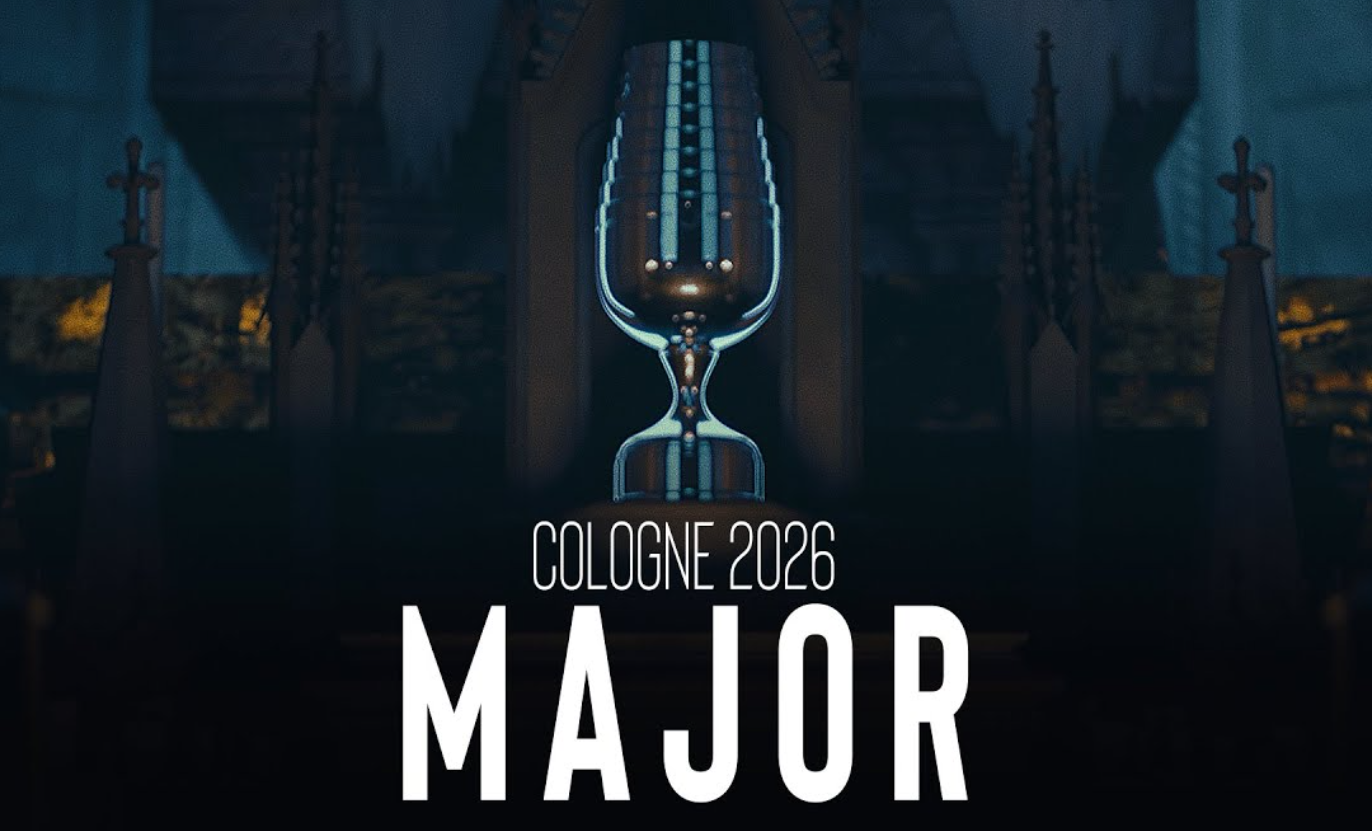

|
Mary S Colbert is a Chief Content Editor at csgobettings.gg, specializing in CS2 with over 8 years of experience as an e-sports analyst. Her informative articles on the game have made her a go-to resource for fans and her expertise is widely respected within the industry.
|



